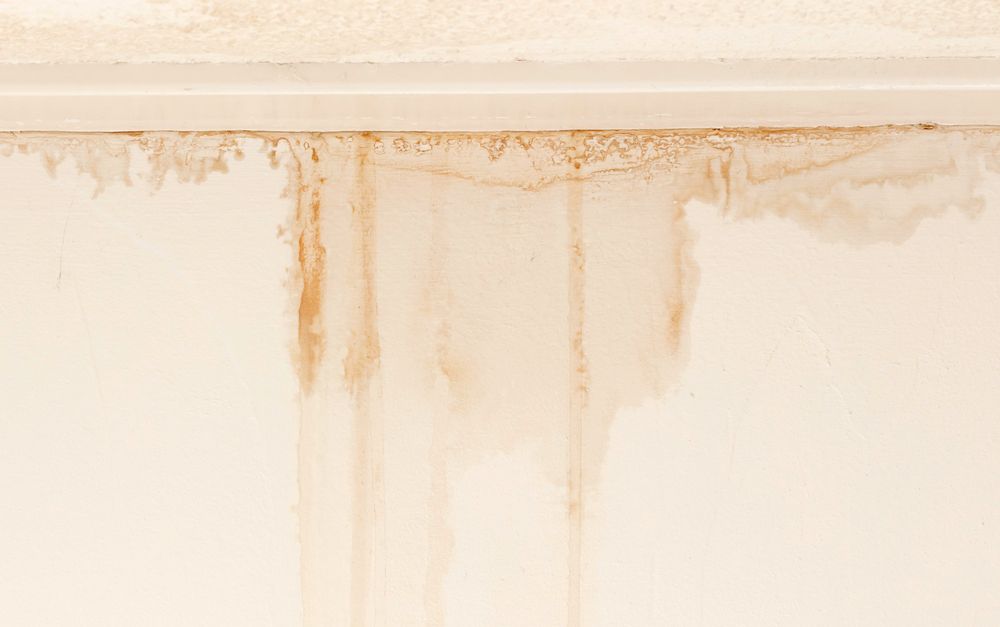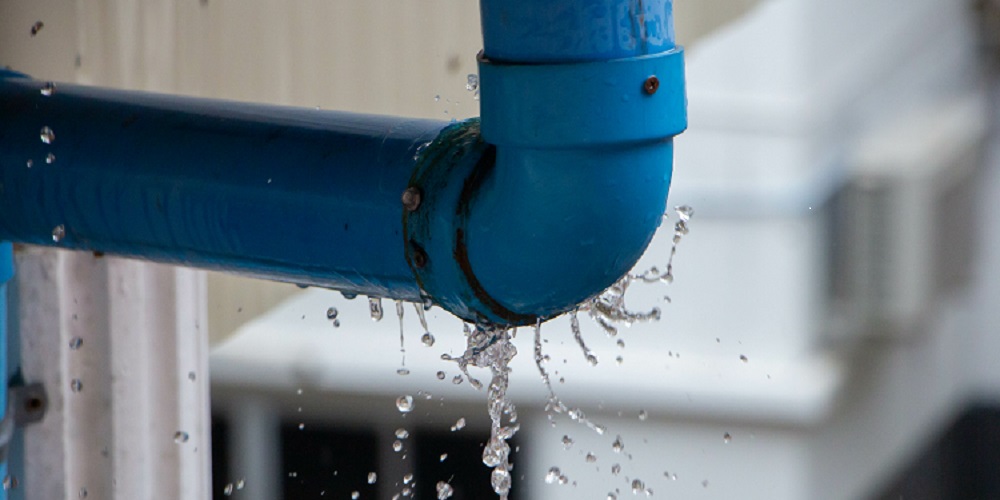Just how to Inspect If Your Residence Has a Covert Leakage
Just how to Inspect If Your Residence Has a Covert Leakage
Blog Article
Do you find yourself trying to locate related information on Leaking water lines?

Early detection of dripping water lines can minimize a prospective catastrophe. Besides conserving you cash, it will certainly decrease the stress and aggravation. The moment you locate a leak, calling your plumber for repairs is the very best service. Nevertheless, some small water leakages may not be visible. Below are some hacks that assist if you can not find it with your naked eyes.
1. Check Out the Water Meter
Checking it is a guaranteed means that assists you discover leaks. If it relocates, that shows a fast-moving leak. This suggests you might have a sluggish leak that could also be underground.
2. Inspect Water Consumption
If you detect sudden modifications, despite your consumption being the very same, it suggests that you have leakages in your plumbing system. An unexpected spike in your costs shows a fast-moving leak.
On the other hand, a steady increase every month, even with the same routines, reveals you have a slow-moving leak that's also gradually rising. Call a plumber to extensively inspect your building, especially if you really feel a cozy area on your flooring with piping below.
3. Do a Food Coloring Examination
30% comes from commodes when it comes to water usage. Test to see if they are running effectively. Decline flecks of food color in the container as well as wait 10 minutes. There's a leakage in between the storage tank and bowl if the color in some way infiltrates your dish throughout that time without flushing.
4. Asses Exterior Lines
Do not fail to remember to inspect your exterior water lines as well. Must water permeate out of the link, you have a loosened rubber gasket. One little leakage can lose heaps of water and also spike your water costs.
5. Evaluate the situation and check
Property owners should make it a habit to examine under the sink counters as well as also inside cabinets for any type of bad odor or mold and mildew growth. These 2 red flags indicate a leakage so prompt attention is needed. Doing regular examinations, even bi-annually, can save you from a major issue.
Much more significantly, if you recognize your home is already old, maintain a watchful eye on your heating units, pipes, pipelines etc. Look for stainings and deteriorating as a lot of pipelines as well as home appliances have a life expectancy. They will also normally wear away because of wear and tear. Do not wait for it to intensify if you suspect dripping water lines in your plumbing system. Call a specialist plumber right now so you do not end up with a horrible mess in your house.
Early discovery of dripping water lines can alleviate a prospective catastrophe. Some small water leakages might not be visible. Checking it is a guaranteed way that aids you find leaks. One little leak can squander loads of water and spike your water costs.
If you presume leaking water lines in your plumbing system, do not wait for it to escalate.
WARNING SIGNS OF WATER LEAKAGE BEHIND THE WALL
PERSISTENT MUSTY ODORS
As water slowly drips from a leaky pipe inside the wall, flooring and sheetrock stay damp and develop an odor similar to wet cardboard. It generates a musty smell that can help you find hidden leaks.
MOLD IN UNUSUAL AREAS
Mold usually grows in wet areas like kitchens, baths and laundry rooms. If you spot the stuff on walls or baseboards in other rooms of the house, it’s a good indicator of undetected water leaks.
STAINS THAT GROW
When mold thrives around a leaky pipe, it sometimes takes hold on the inside surface of the affected wall. A growing stain on otherwise clean sheetrock is often your sign of a hidden plumbing problem.
PEELING OR BUBBLING WALLPAPER / PAINT
This clue is easy to miss in rooms that don’t get much use. When you see wallpaper separating along seams or paint bubbling or flaking off the wall, blame sheetrock that stays wet because of an undetected leak.
BUCKLED CEILINGS AND STAINED FLOORS
If ceilings or floors in bathrooms, kitchens or laundry areas develop structural problems, don’t rule out constant damp inside the walls. Wet sheetrock can affect adjacent framing, flooring and ceilings.
https://www.servicemasterbyzaba.com/blog/how-to-detect-water-leakage-in-walls/

I was shown that editorial on Locating water leaks from an acquaintance on a different web blog. Please take the time to distribute this blog post if you appreciated it. Many thanks for your time. Please come by our website back soon.
Report this page